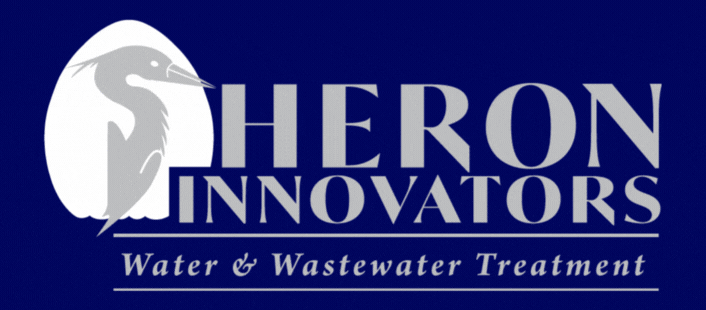F.A.Q.
What is Suspended Air® Flotation (SAF®)?
Suspended Air® Advantages
- Cleaner effluent
- Smaller footprint
- Competitive capital cost
- Lower operational cost
- Less energy consumption
- Less chemical consumption
- Less maintenance
- Less operator attention
- Less water in skimmed solids
- Easier installation and start-up
- Performance unaffected by
high temperature water - Convert an existing DAF to SAF®
- Increased design throughput (hydraulic loading)
- Increased solids float per ft2 (solids flux)
What is an aphron?
SAF® uses charged microbubbles called aphrons. An aphron is a double-walled bubble, 7-25 µm in size, that will not coalesce and has a significantly greater surface area and longer lifespan than traditional DAF bubbles. Aphrons may hold either a cationic or anionic charge. Due to this electrostatic affinity and surface tension advantage, aphrons attach, attract, and encapsulate the contaminant particles.
Sebba, F. Foams and Biliquid Foams -Aphrons, John Wiley & Sons, Ltd., 1987
What are the differences between SAF® and DAF?
Both treatment processes use flotation to separate liquid and solids. Suspended Air® Flotation does not dissolve air into water. The charged microbubbles are mixed into the wastewater influent prior to the flotation cell, where they encapsulate the particles to increase buoyancy. No pressurization or recirculation system is necessary to create SAF® microbubble froth. SAF® delivers 40% air by volume to the treatment process. (See Advantages in Q1)
How much does SAF® cost?
The initial cost for a Suspended Air® Flotation (SAF®) system is commenserate with traditional and competing technologies. However, SAF® systems require a demonstrably smaller footprint, connected horsepower, and chemical demand which reduces construction, installation, and operational costs. Reach out to our sales engineers for a free consultation and quote.
What are the differences of operating a SAF® vs DAF?
Operators exclaim, “SAF® is stupid simple to run!” And, “It’s easy to stay in compliance with SAF®.” While mechanically they might look similar, they operate very differently. Heron Innovators, Inc. offers commissioning and training with every system. Suspended Air® is a unique and innovative technology. Once you experience the advantages of SAF®, moving away from DAF just makes sense.
Where in your wastewater treatment process does SAF® work?
In general, flotation processes, such as Dissolved Air Flotation (DAF) or Induced Air Flotation (IAF), are often used in the primary or secondary stages of wastewater treatment. The specific placement of a Suspended Air® Flotation system depends on the intended purpose and treatment plant’s needs.
Suspended Air® Flotation is used for algae removal, biosolids removal & thickening, FOG removal, oil/water separation, primary treatment, secondary treatment, surface water treatment and polishing.
Heron Innovators, Inc. offers free consultations and site visits to help with sizing, equipment needs and system configurations for optimal results.
Does SAF® have an affect on foam in digesters?
Suspended Air® Flotation (SAF®) does not create or increase digester foam. In fact, SAF® has proven to increase the capacity of a digester by providing thicker solids.
Request A Free Consultation
"*" indicates required fields

